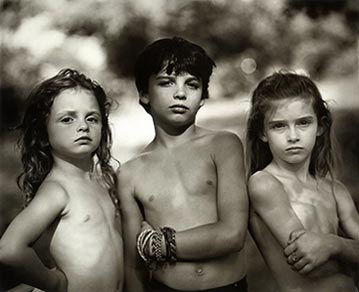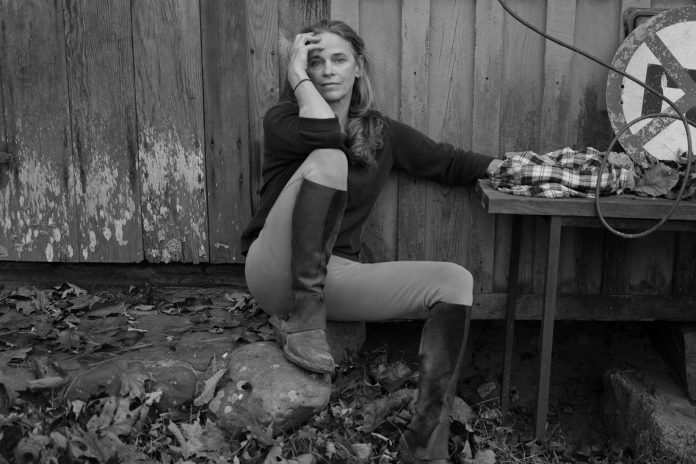Sally Mann, an American woman photographer, entered the history of the photo art world not because of her special talents, but because of a scandal. From her youth, Sally preferred to take pictures of nude nature. She was interested in the male gender early on, and while studying in a boarding house she would often close herself in a photo lab with young people. Later on, pictures of nudes were found, taken clearly within the walls of the same laboratory.
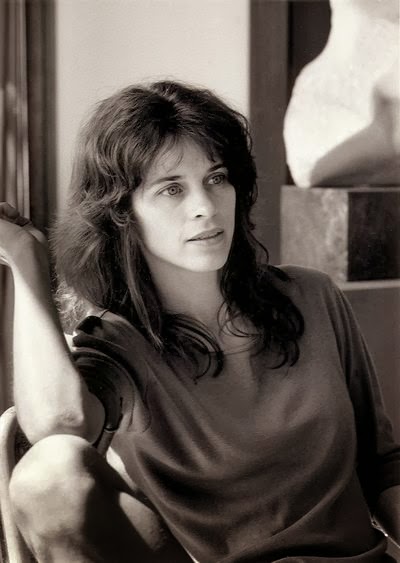
The scandalous Sally Mann
Sally Mann was born in Lexington, Virginia, in 1951.
Before going all the way to America, Sally managed to graduate from college and get a job as a photographer at university. She had one of her own exhibitions and released two albums, but they didn’t get the proper response from the audience. But the third album brought Mann to the top of fame. The album was called “Immediate Family” and Sally’s pictures showed naked children, son, and two daughters. Many have accused Sally of pedophilia and sexual perversions, allegedly the children in the photo look too erotic and it makes for hidden pornography.
Anyway, after this scandalous album, nothing that also caused praise, Sally could not create. Everyone has a different attitude to her photographic works, but we would like to focus on the fact that real art usually has little in common with thoughtful PR methods.
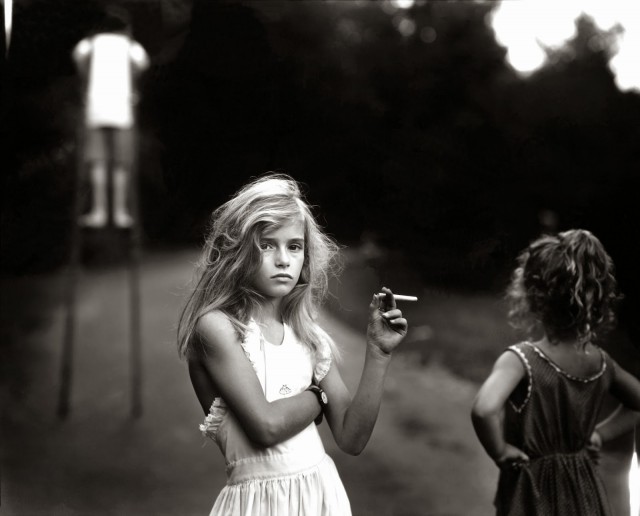
Early career
After high school, Mann worked as a photographer at Washington and Lee University. In the mid-1970s, she photographed the construction of a new law school building, leading to her first solo exhibition, which took place in late 1977 at the Corcoran Gallery in Washington, DC. These surrealistic images were part of the first book, “Second Sight”, published in 1984.
“Immediate Family”
Perhaps the most famous was Mann’s third collection “Immediate Family”, published in 1992. The NY Times wrote: “Perhaps no photographer in history has had such success in the art world”.
The book consists of 65 black and white photos with three of Sally’s children under the age of 10 years. Many of the shots were taken during a family summer vacation in a house by the river, where the children played and swam naked. For these shots in America and abroad, Sally Mann has been accused of distributing child pornography. Some religious figures have also been hotly criticized.
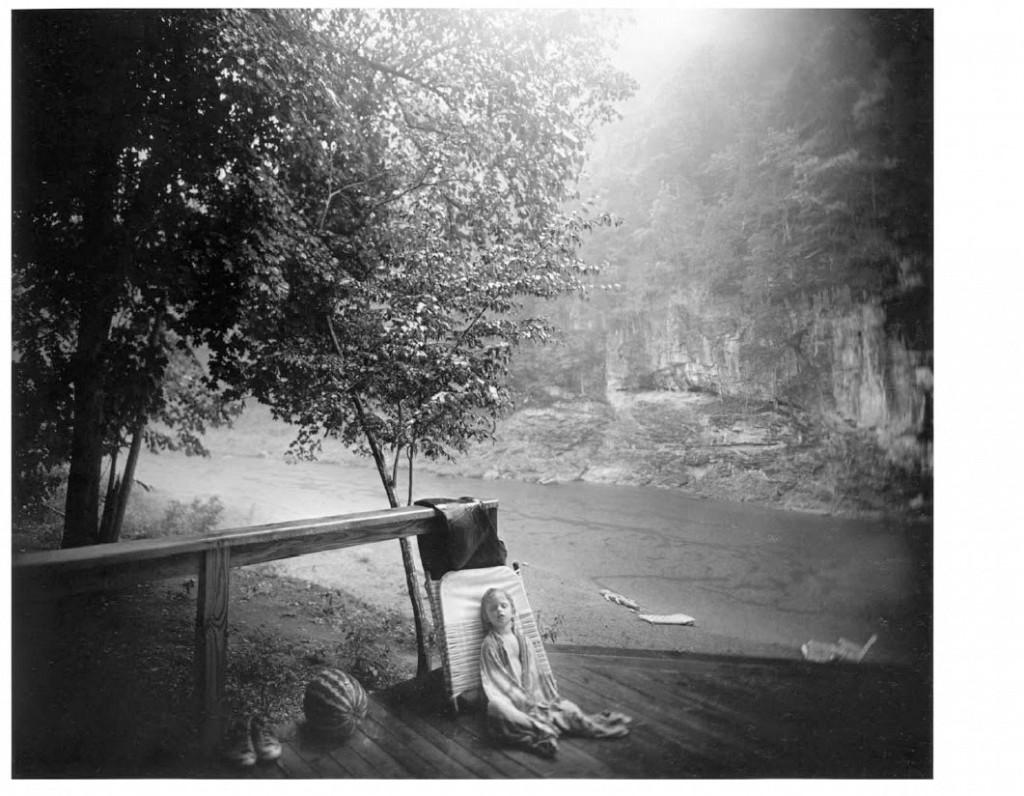
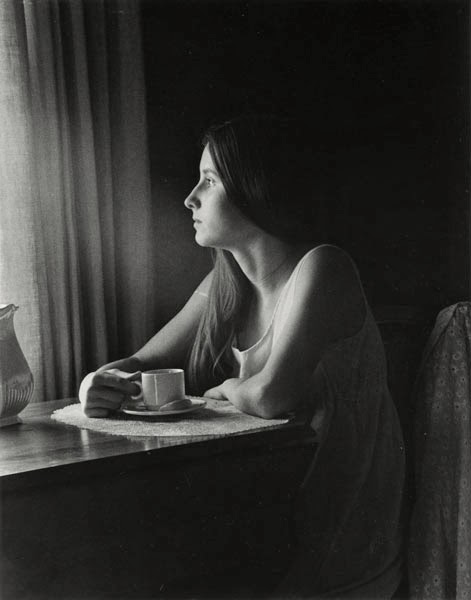
But there were also positive reviews. The New Republic magazine wrote that this is “one of the greatest photo books of our time.”
Mann has always put the interests of her children first. Before publishing the photo album “Immediate Family” she consulted with the Virginia federal prosecutor, who told her that she might be arrested for some of the images shown.
She decided to postpone the publication for 10 years so that the children could grow up and understand the consequences of publishing these pictures. But the kids didn’t seem to like that decision. Then Mann and her husband arranged for Emmett and Jesse (Sally Mann’s older children) to communicate with the psychologist to make sure that they understood what the publication could lead to. Each child was allowed to take the footage that would be included in the book.
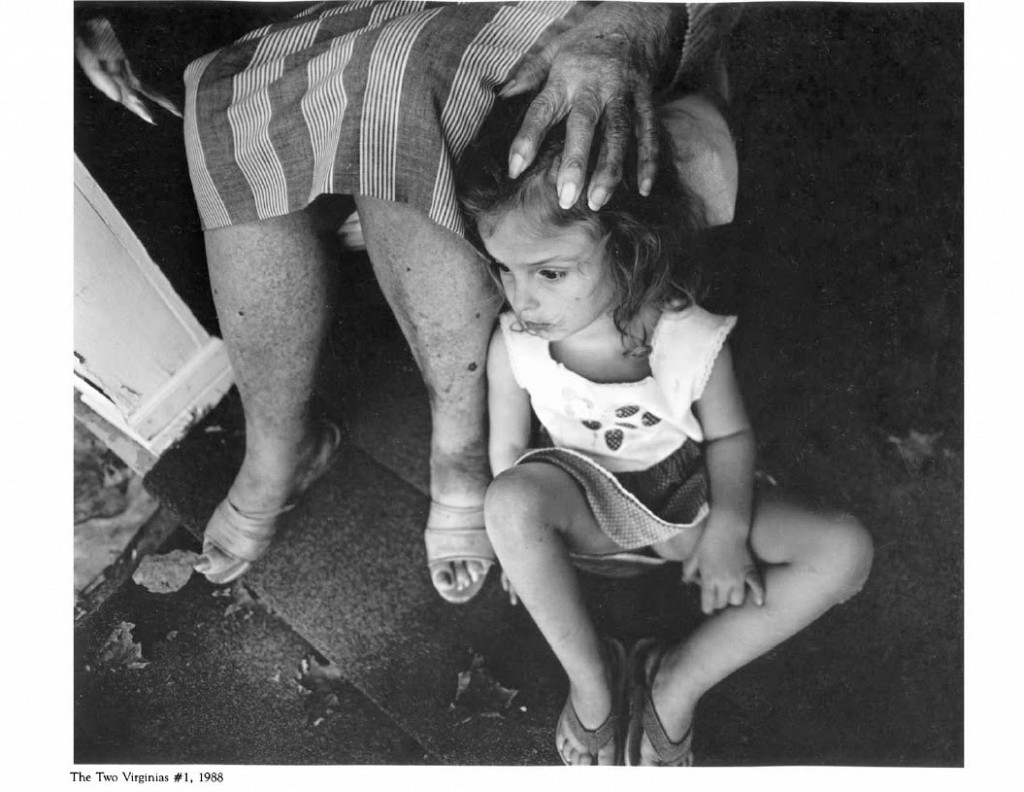
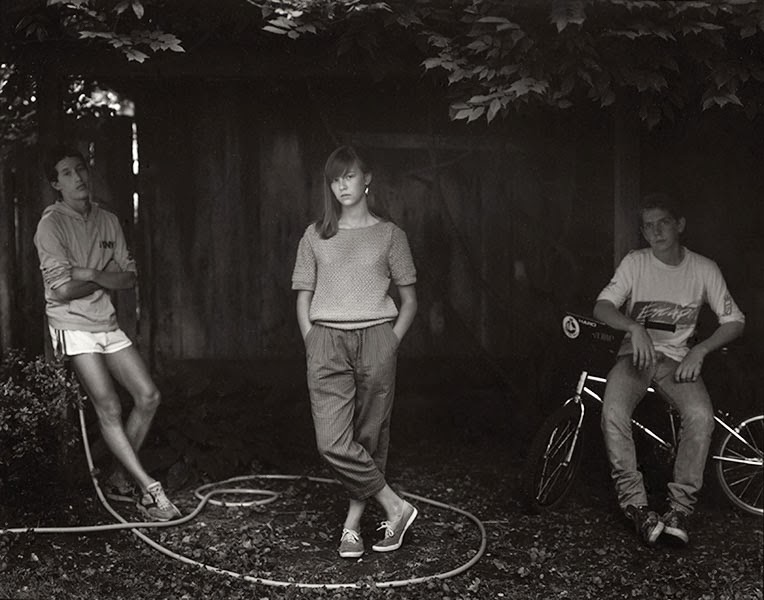
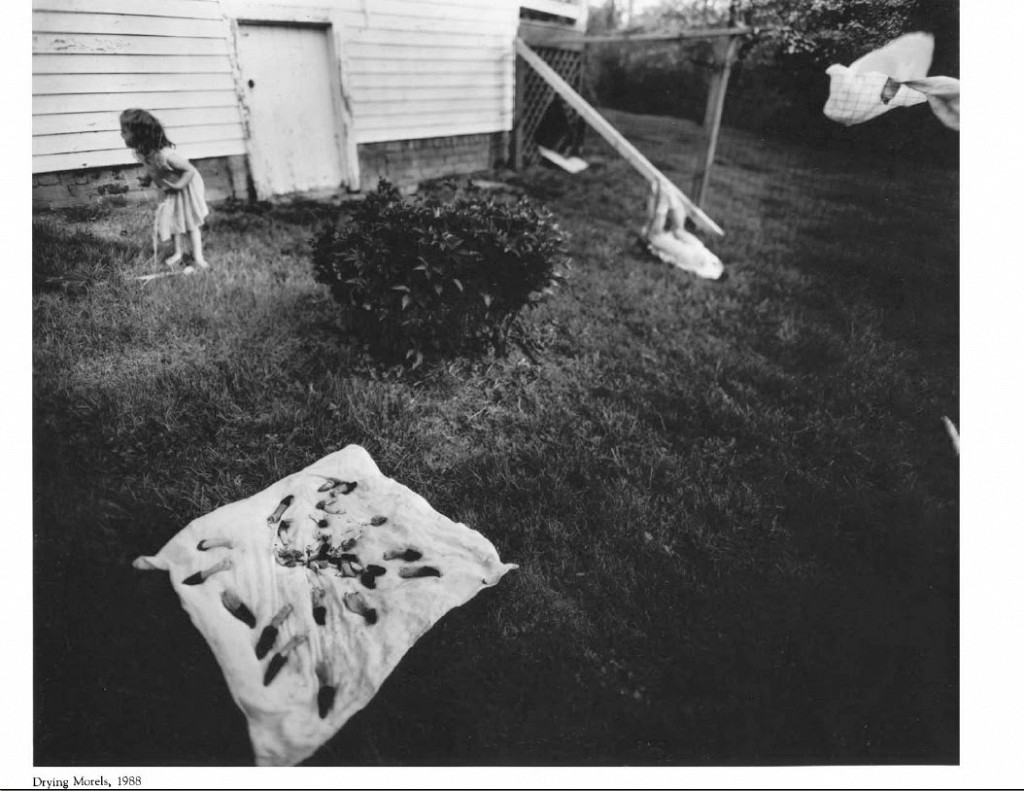
The child psychiatrist Aaron Esman wrote that these photographs do not appear to be erotically stimulating for anyone other than “hardened pedophiles or dogmatists or religious fundamentalists”.
There’s no hint of child pornography in Immediate Family, and some photos may well be classified as “child erotica”. Perhaps we will never know if Sally Mann consciously went for it, seeking to add to her scandalous popularity – maybe so, because she knew as well as Russian fans of photography about the puritanism of American society and could guess what reaction awaits her. However, her photographs are so harmonious and beautiful that she doesn’t want to think about them in terms of “child erotica”.
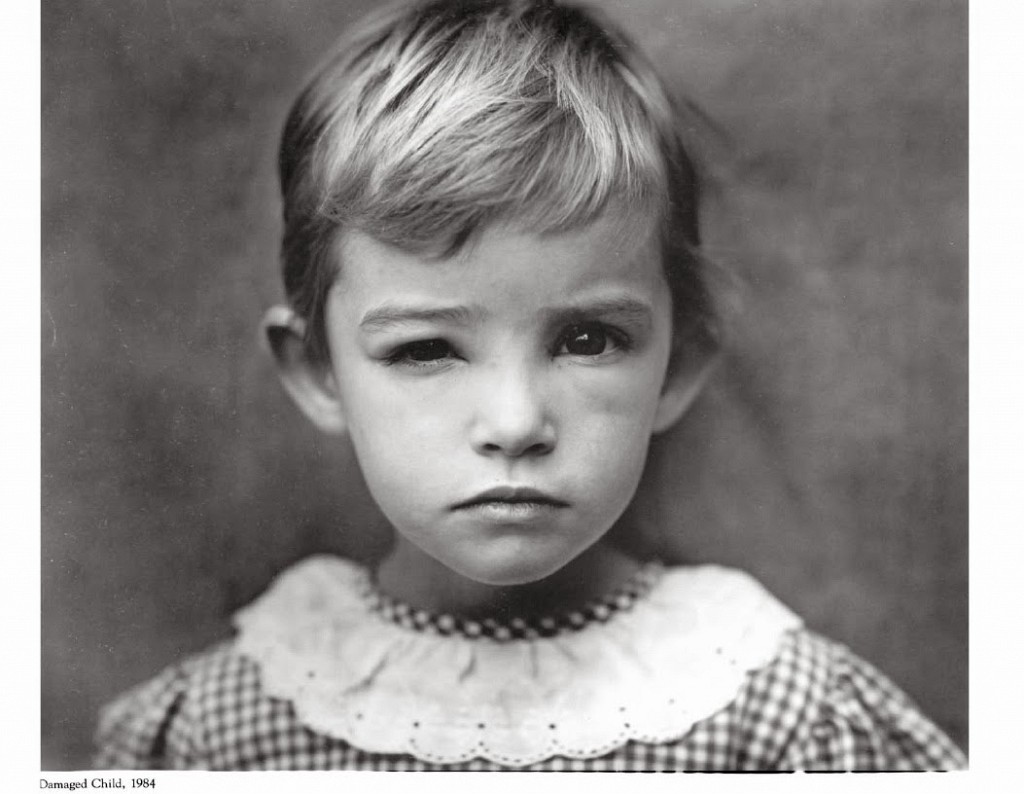
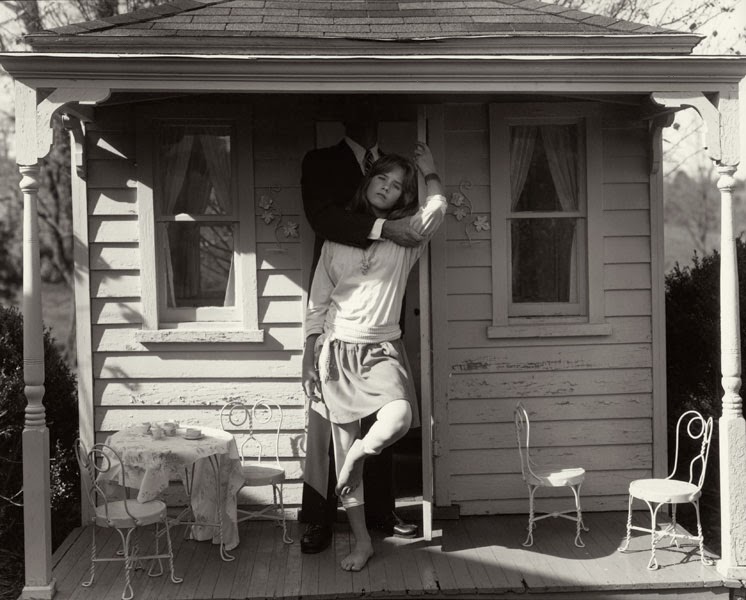
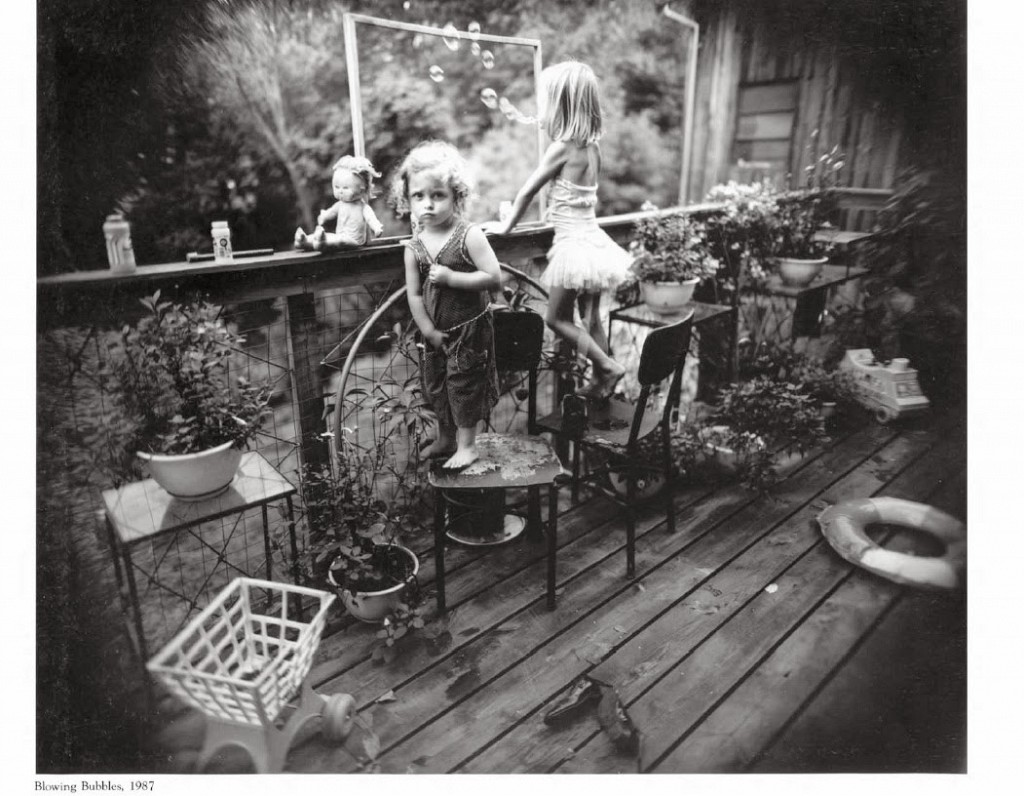
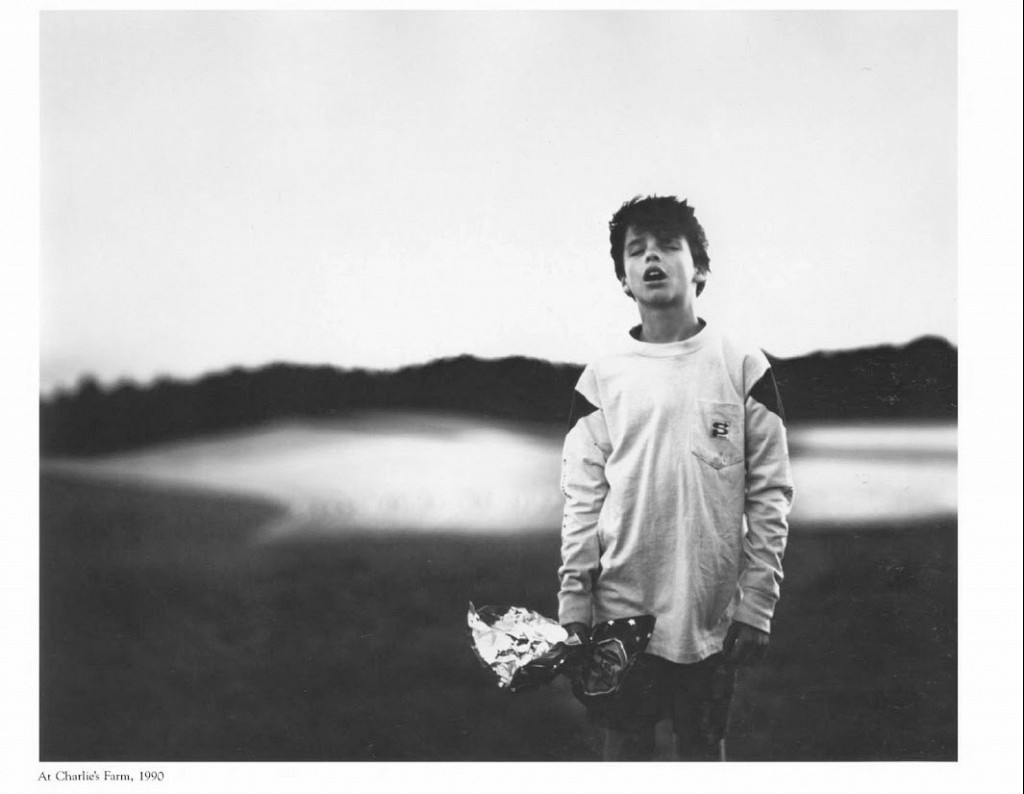
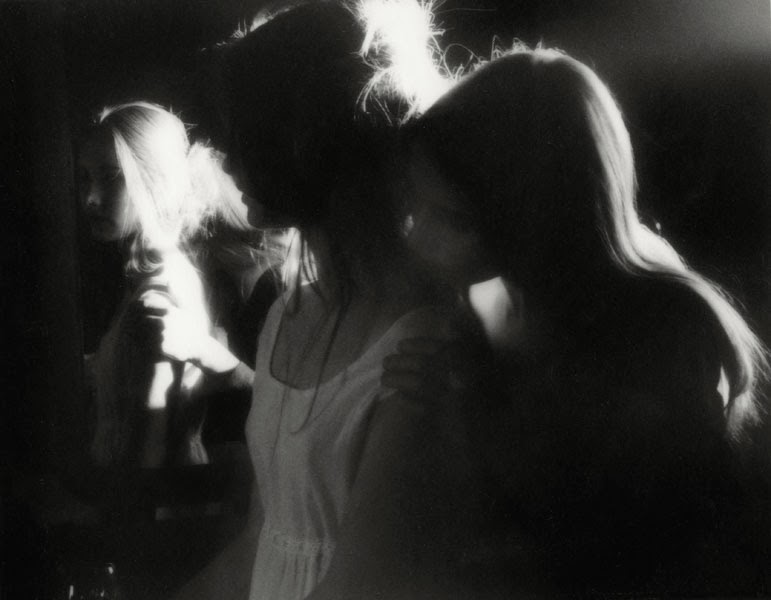
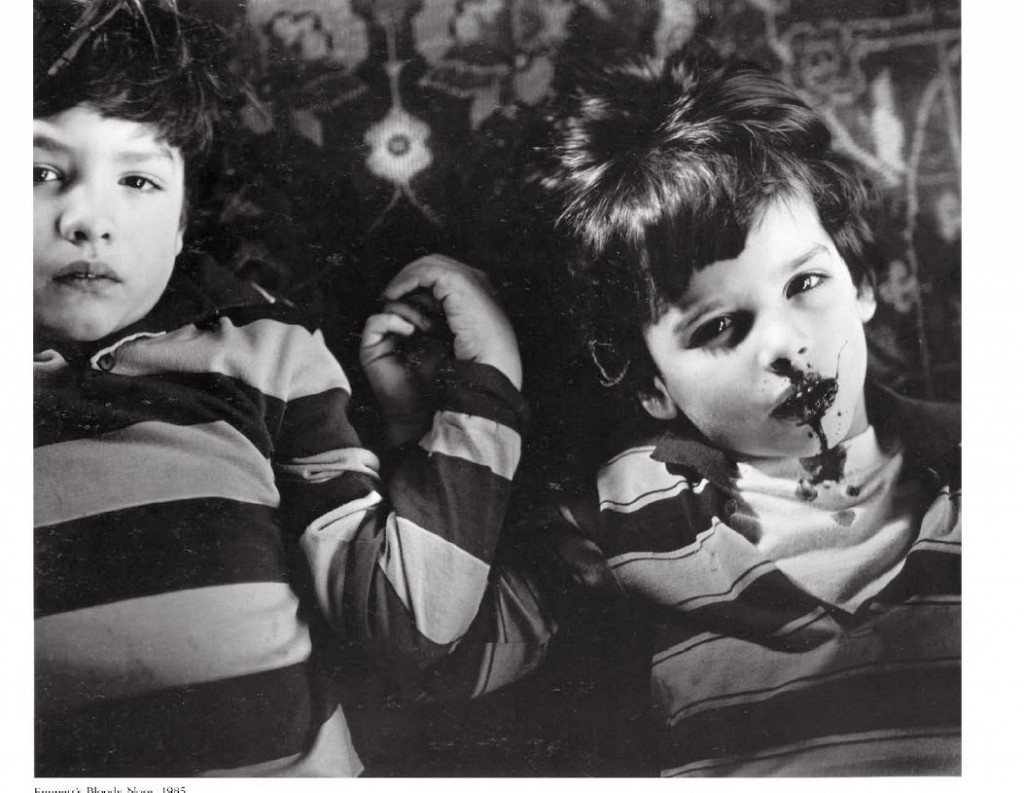
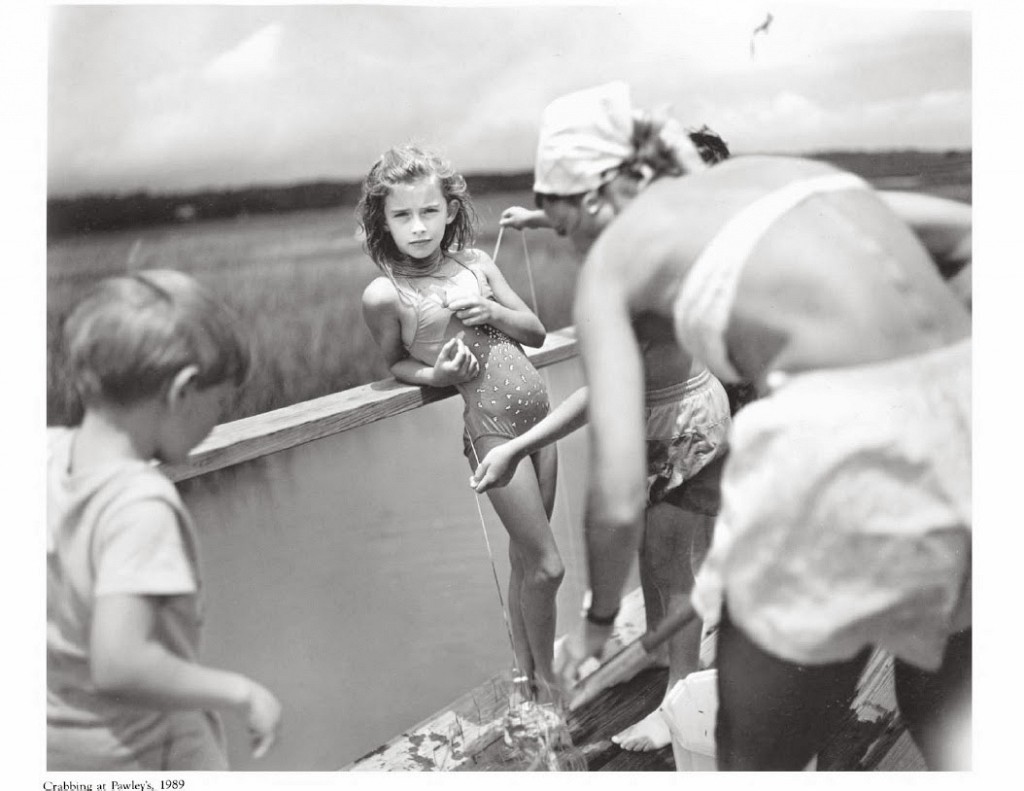
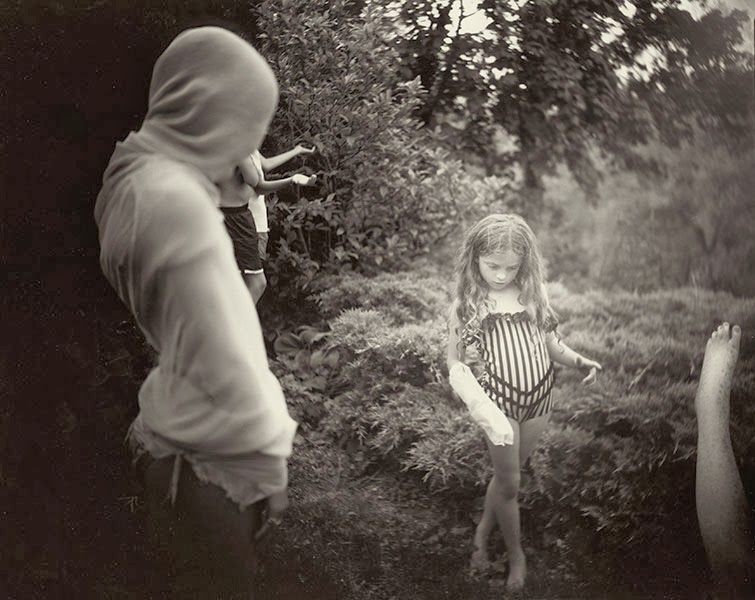
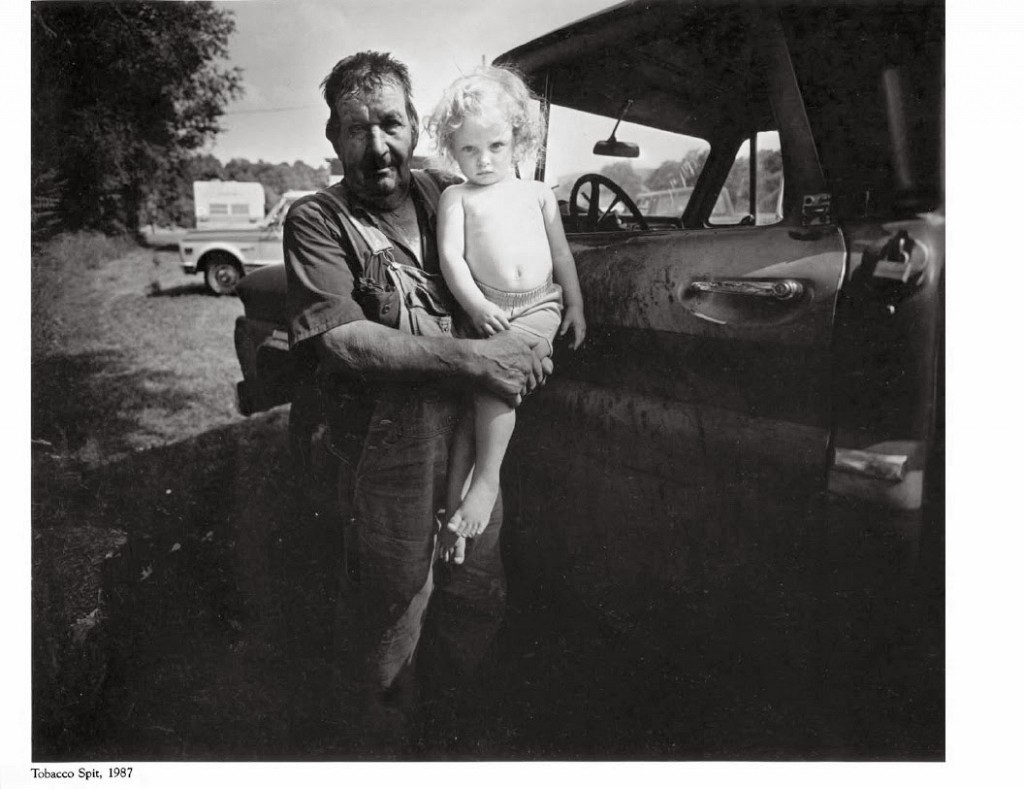
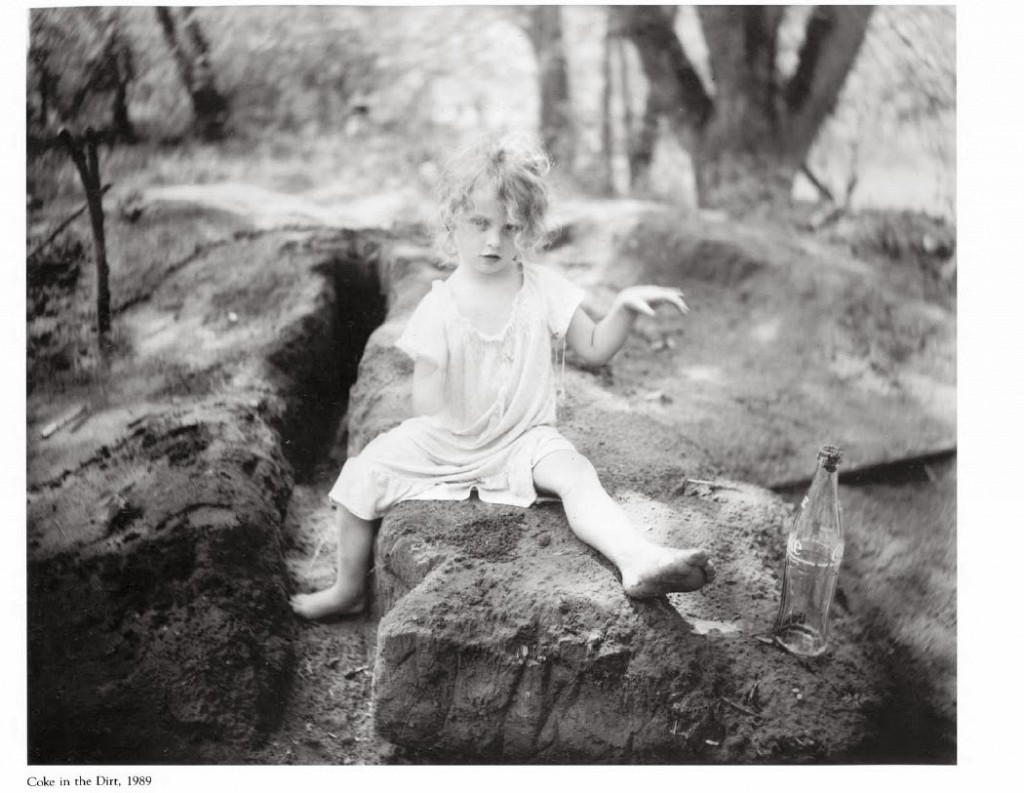
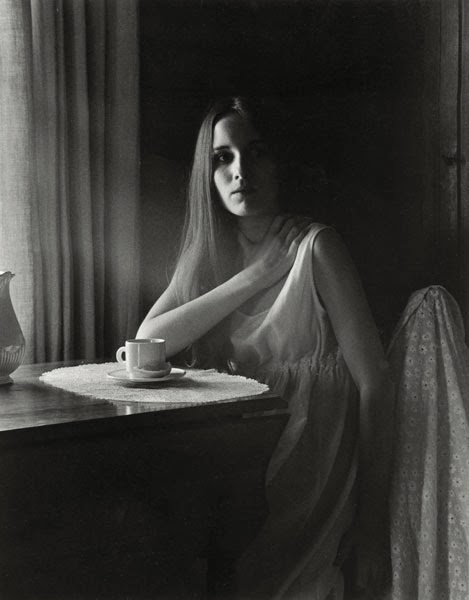
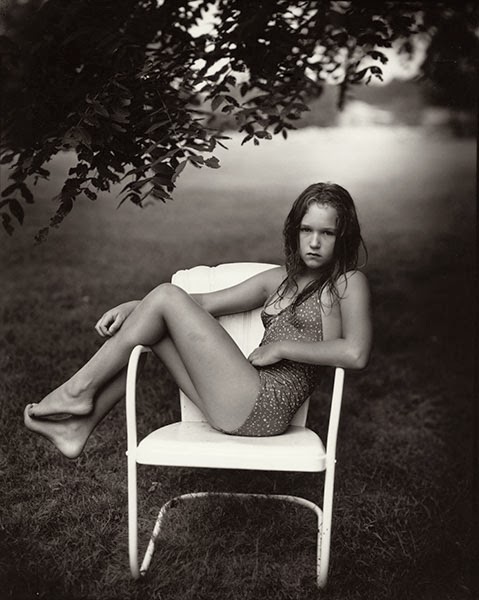
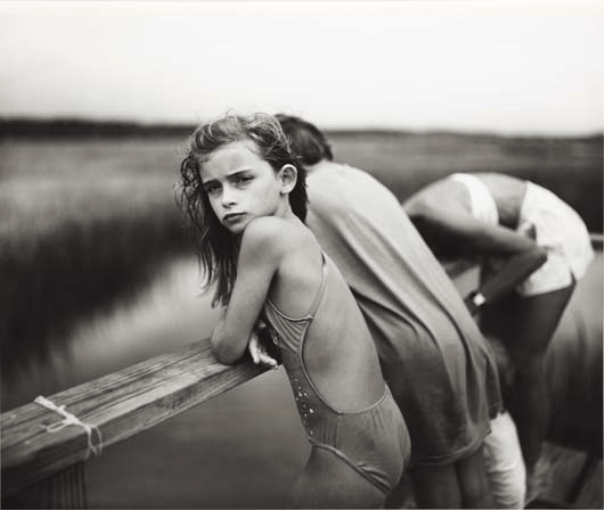
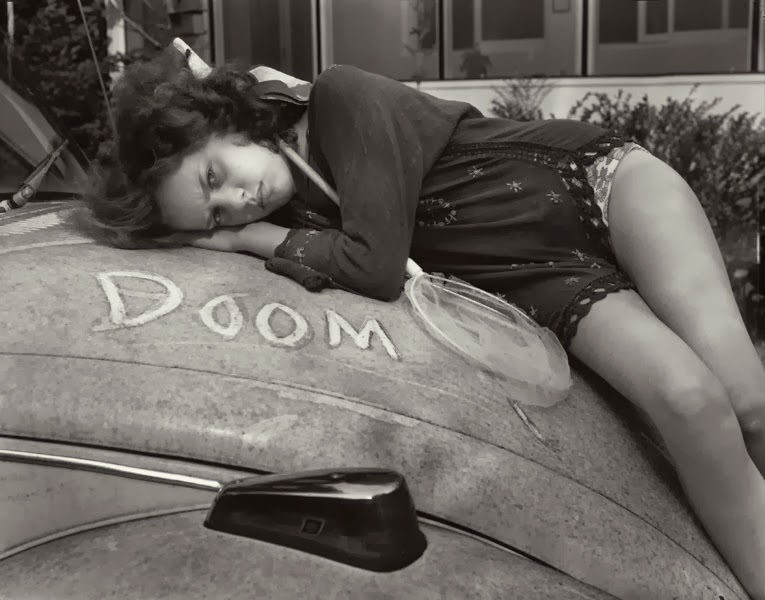
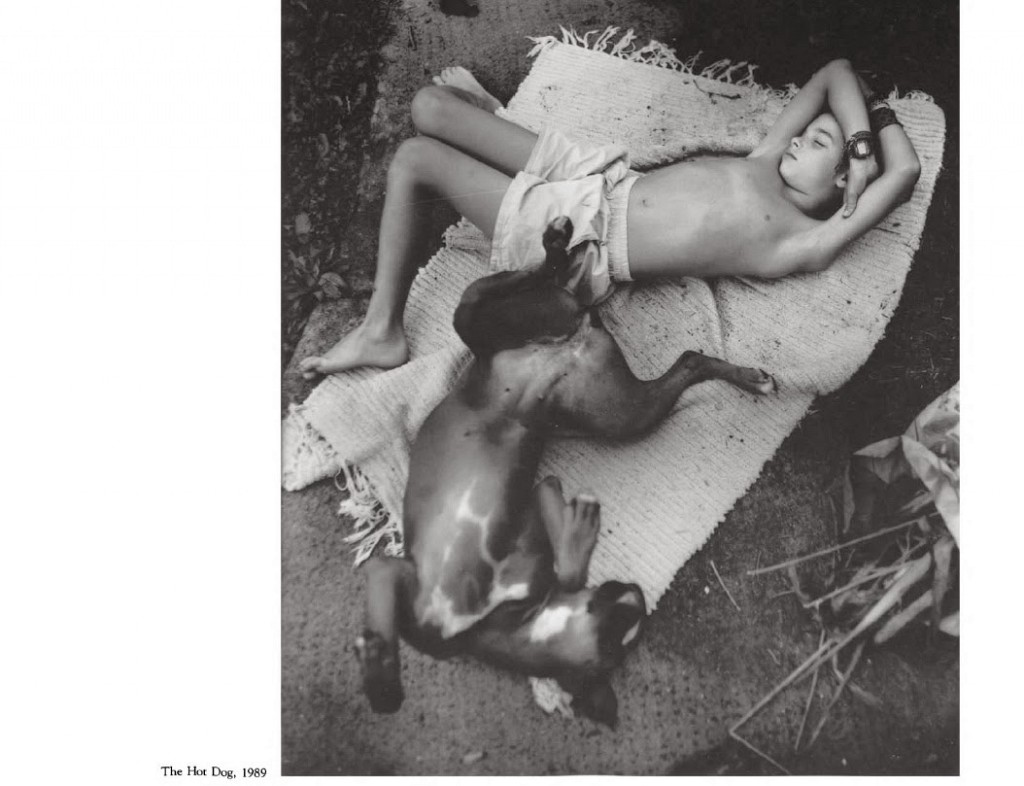
Further career
In the mid-1990s, Mann began photographing landscapes using the wet-collodion method using glass plates. These landscape images were shown at two exhibitions in New York City at Edwynn Houk Gallery.
Mann’s fifth five-part photo album, “What Remains”, was published in 2003. It includes photographs of the decomposing remains of photographer’s Greyhound Eva; photographs of bodies from the morgue; details of the place where an armed escaped convict was killed; shots taken in the area where the bloodiest one-day battle in American history took place – the Battle of Enzyme during the Civil War; close-up images of children’s faces. Thus, this study of death, decay, and doom ends with hope and love.
The sixth book, “Deep South”, published in 2005, contains 65 black-and-white images, including landscapes filmed from 1992 to 2004 using film and a wet-color process.
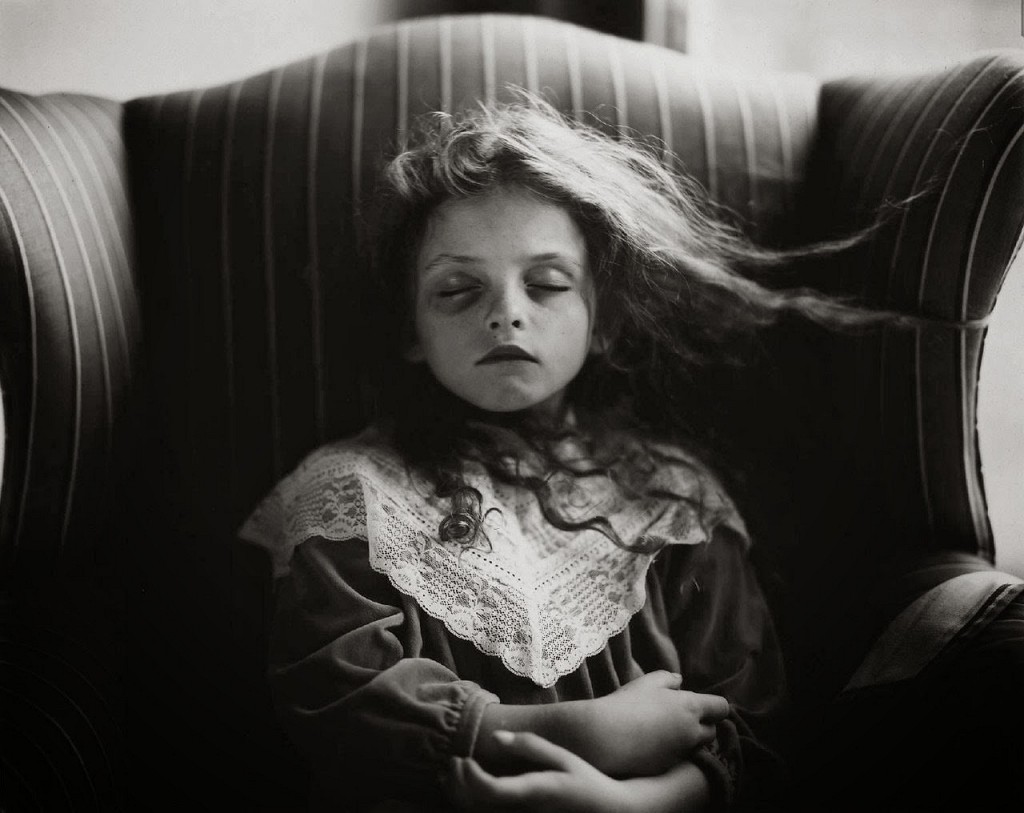
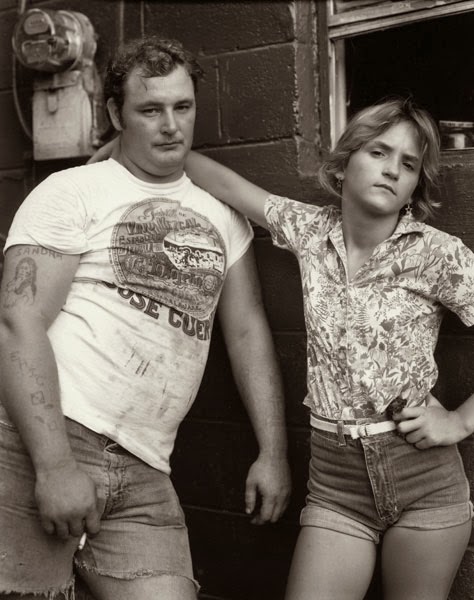
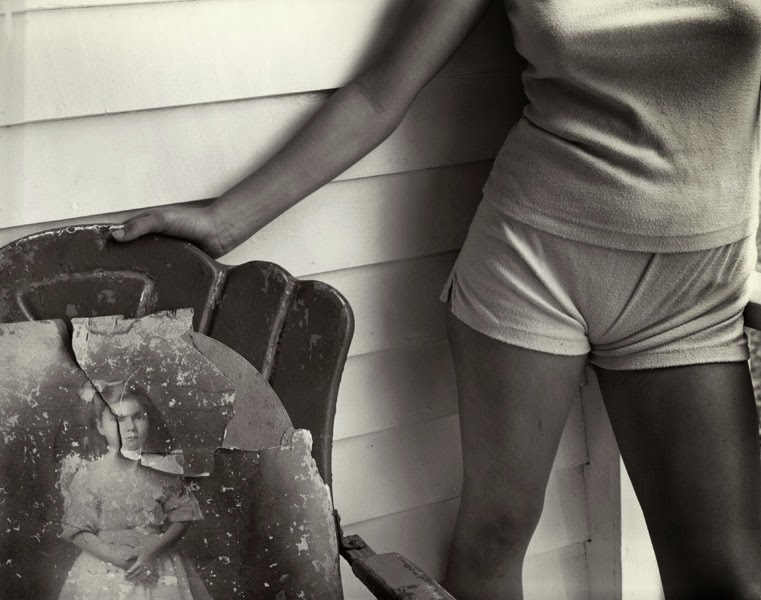
Mann’s seventh book, “Proud Flesh”, was published in 2009. It’s a six-year study of her husband’s muscular dystrophy named Larry. The project was exhibited at Gagosian Gallery in October 2009.
The eighth edition of Mann is a 200-page book, “Flesh and Spirit”, published in 2010. It includes self-portraits, landscapes, images of the husband, faces of children, and images of corpses. The general theme of the collection – the body with all its whims, diseases, and mortality.
One of the ongoing projects is called “Marital Trust”. It covers 30 years of photography, including the most intimate details of Sally and Larry’s family life. No press release has been reported yet.

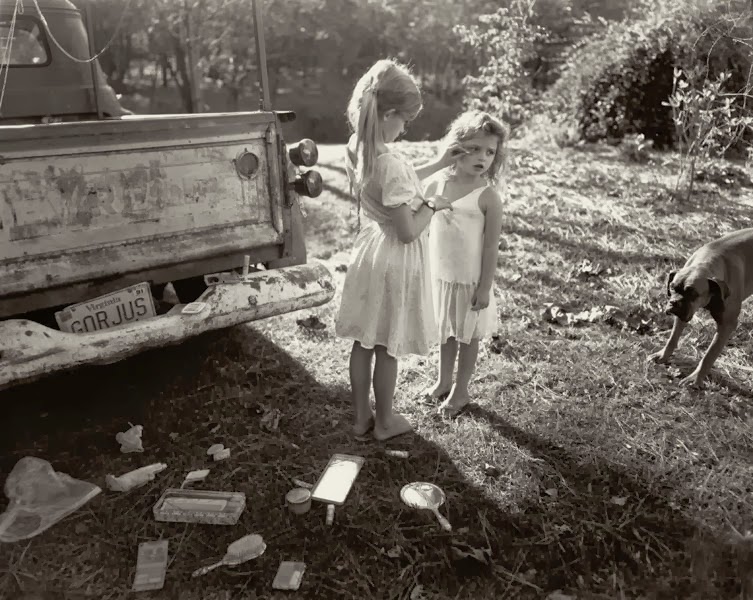
Confession
The works by Sally Mann are included in the permanent collections of many museums, among them: The Metropolitan Museum of Art, Corcoran Art Gallery, Hirschhorn Museum and Sculpture Garden, Museum of Fine Arts in Boston, San Francisco Museum of Modern Art, Whitney Museum in New York and many others.
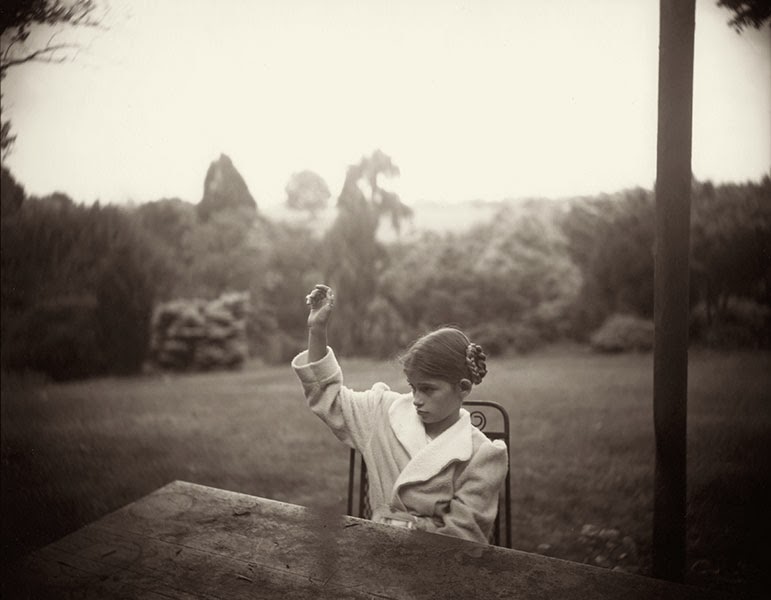
In 2004, a new scandal broke out around Sally Mann (which, like the first one, added to her popularity) – at the Museum of Art in Washington, DC, her exhibition “What Remains”. The five-part exhibition includes more than 90 works, including semi-decayed corpses, mysterious landscapes, romantic beauties … “Death is powerful,” said Sally Mann at the opening of the exhibition, “and it is best to see her as a point from which to see life more fully. That’s why my project ends with pictures of living people, my own children”.
